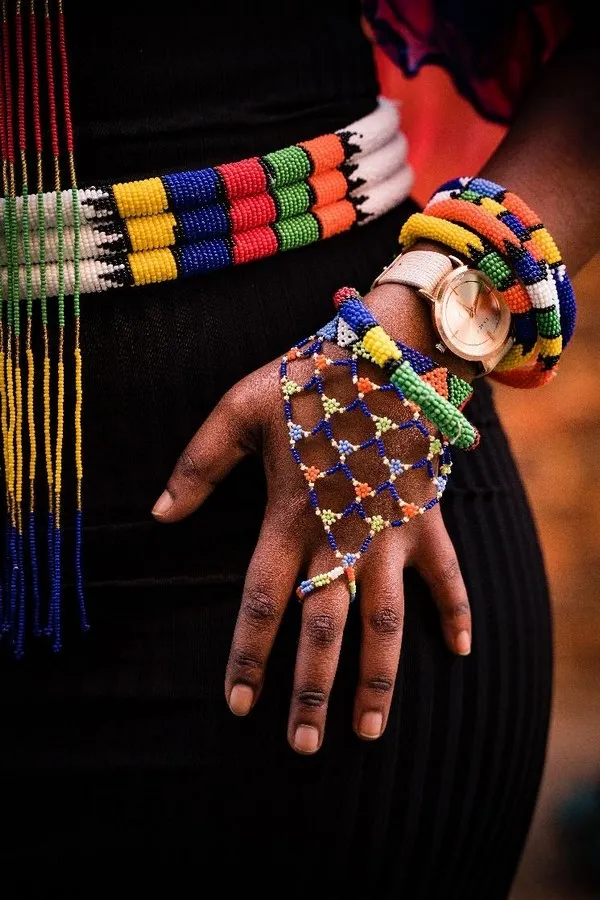In the bustling streets of urban metropolises and the serene villages of the countryside, countless stories remain untold. Community journalism, often overshadowed by mainstream media, plays a pivotal role in preserving local art and culture. This grassroots approach to storytelling bridges gaps, celebrates diversity, and ensures that traditions are not lost to time.
A Platform for the Unheard
Community journalists act as custodians of cultural heritage. Through their lens, we discover folk music festivals, traditional crafts, and indigenous cuisines. These stories, though hyper-local, have a universal appeal. They remind us of our shared humanity and the rich tapestry of global culture.
For example, the resurgence of interest in India’s handloom industry owes much to community-led initiatives and local reporters. By highlighting the struggles and triumphs of artisans, these journalists bring attention to endangered traditions and inspire efforts to preserve them.
Empowering Local Voices
Community journalism empowers local voices, often marginalized by mainstream narratives. It’s not just about preserving culture but also about advocating for its bearers. When a local theater group loses its funding or a historical site faces demolition, community journalists step in, mobilizing public support and influencing policy.
The Digital Transformation
With the rise of digital platforms, community journalism has found a global audience. Social media campaigns, blogs, and podcasts have become powerful tools to showcase local art and culture. Initiatives like Humans of New York and similar projects worldwide exemplify how personal stories can transcend borders, connecting people across continents.
In a rapidly globalizing world, community journalism is a reminder of the beauty in diversity. By preserving and promoting local art and culture, it enriches our collective heritage and ensures that no story goes untold.

